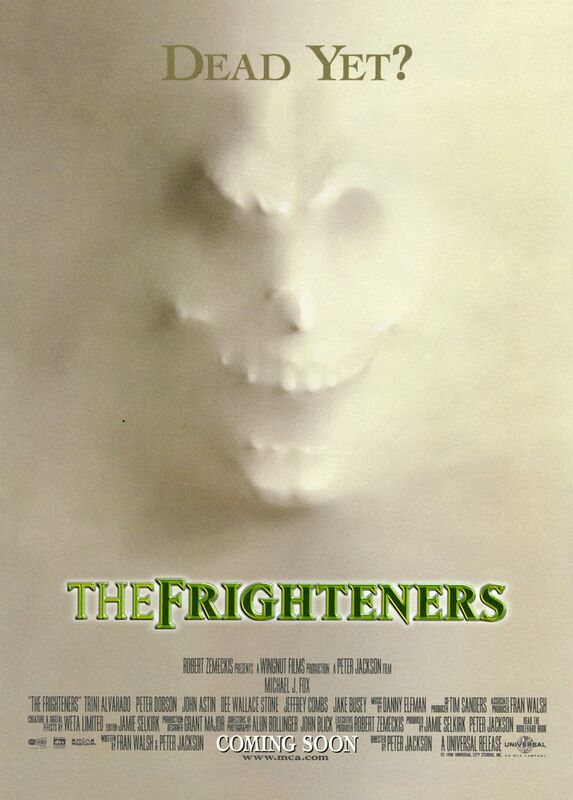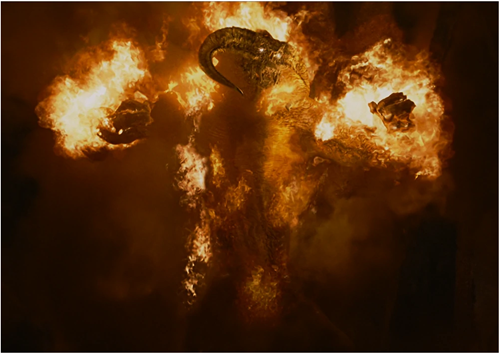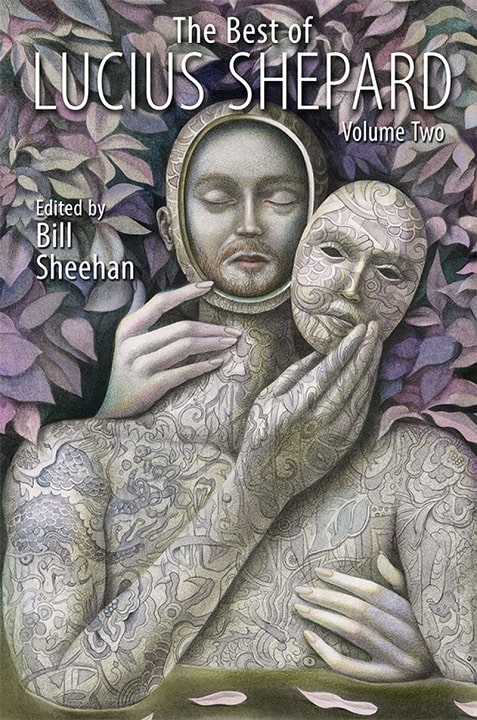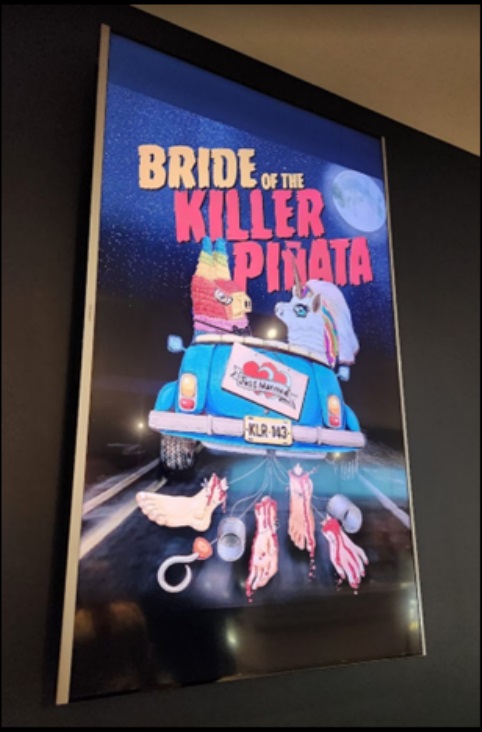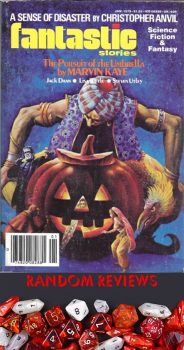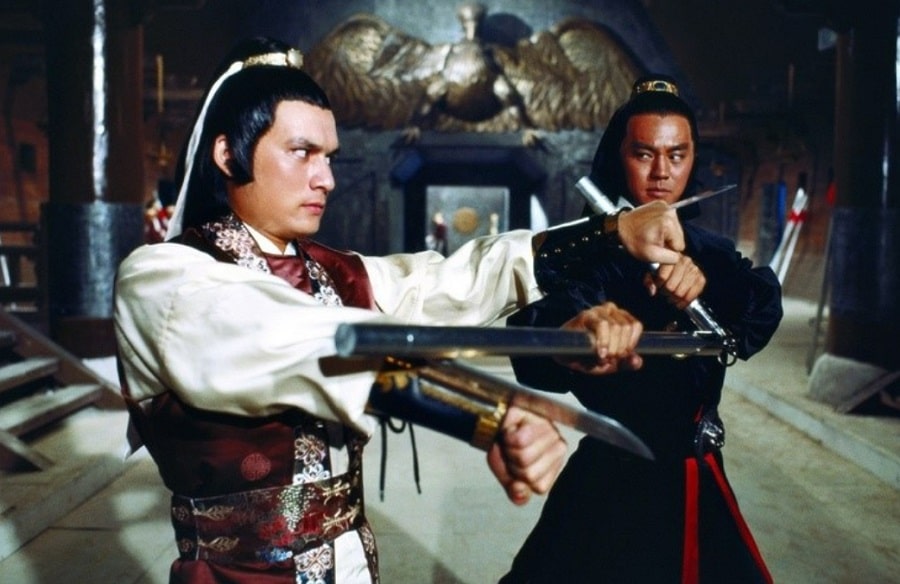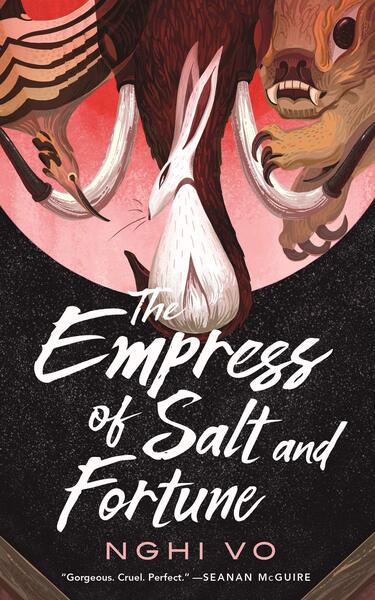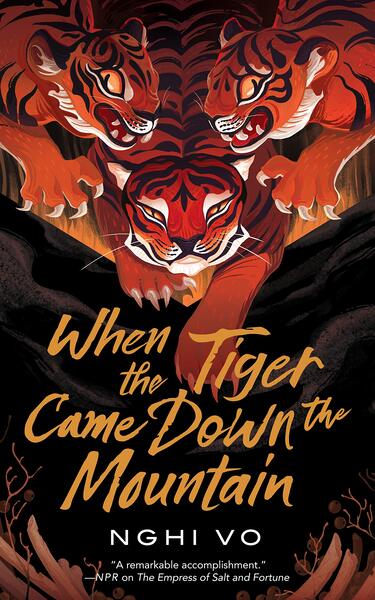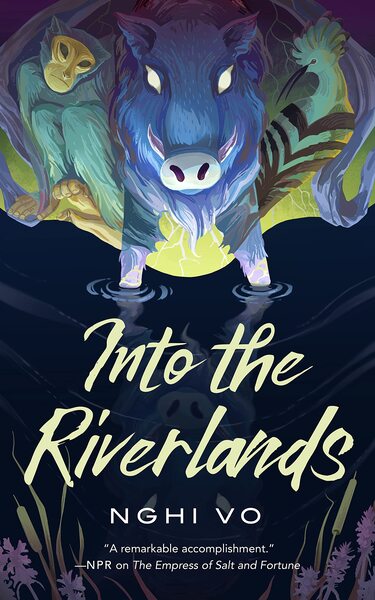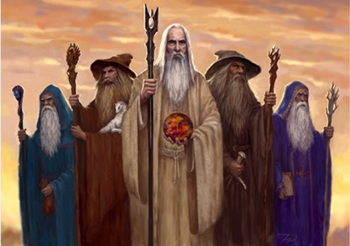New Treasures: Poster Girl by Veronica Roth
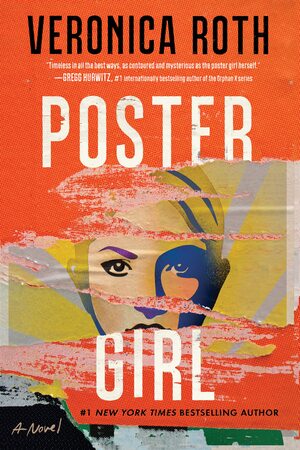 Veronica Roth is the author of the hugely popular Divergent trilogy, adapted as an ill-fortuned 4-part film series that was canceled after three installments (Divergent, Insurgent, and Allegiant, Part One).
Veronica Roth is the author of the hugely popular Divergent trilogy, adapted as an ill-fortuned 4-part film series that was canceled after three installments (Divergent, Insurgent, and Allegiant, Part One).
That’s the kind of thing that might sour me on the writing biz for good, but Roth has carried on admirably. You can’t blame her for losing her taste for young adult fiction though, and in the last few years she’s turned her skills to adult novels with the dark superhero tale The Chosen One, and her newest, Poster Girl, an SF noir.
She certainly seems to have adopted comfortably to her new niche. Library Journal called Poster Girl “Highly recommended for… lovers of Philip K. Dick’s thought-police science fiction,” high praise indeed. And Kirkus labels it a “wonderfully complex and nuanced book.”
Elisabeth Egan at The New York Times has one of the better long-form reviews, calling it “a fun, read-it-in-a-weekend novel, one that pairs well with Halloween candy, spiked cider and a smattering of neighborhood gossip.” I like the sound of that. Here’s her take.
